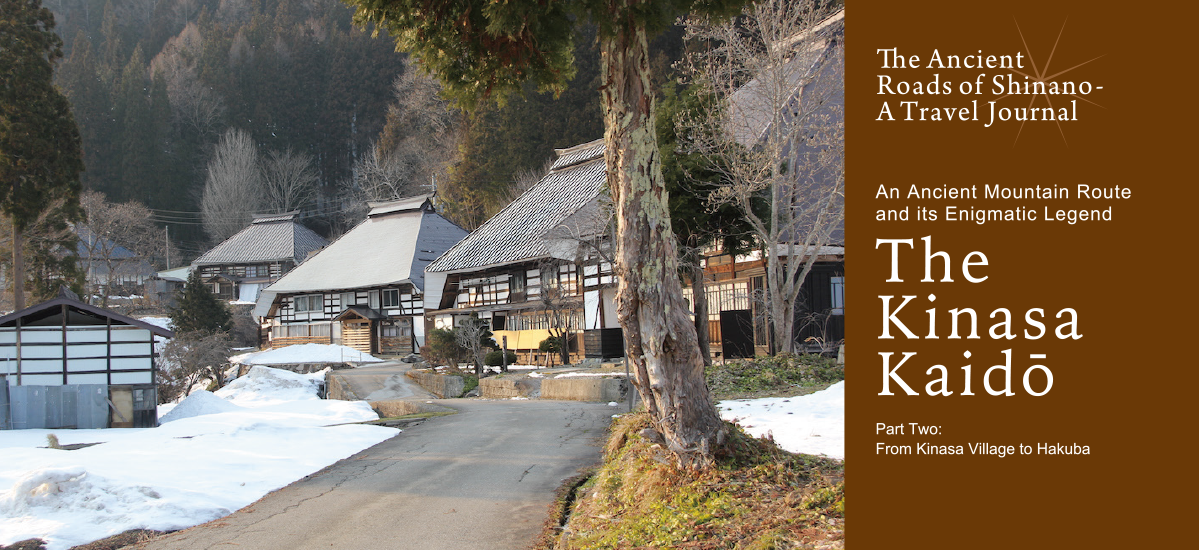
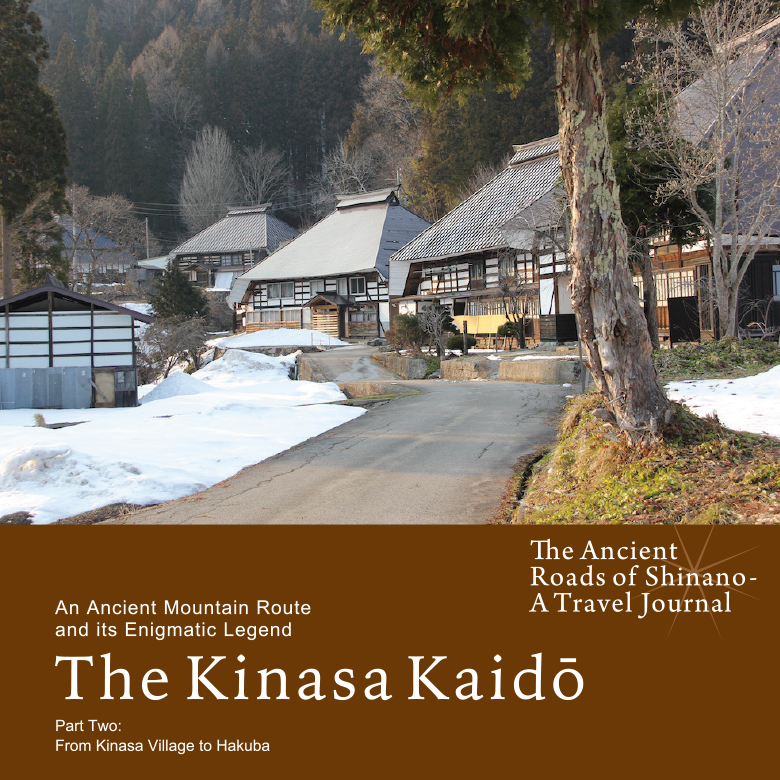
Steeped in history and breathtakingly beautiful, Nagano Prefecture, formerly the Shinano Province, sits in the centre of Japan’s largest island, Honshū. Home to the Japanese Alps, this scenic region is famous for its many mountains, rivers and hot springs, as well as, nowadays, for hiking and snow sports. People have traversed this land since ancient times and many of these historical routes still remain; narrow mountain roads imbued with folklore and tradition. In this series we explore the stories behind the highways and byways of ancient Shinano.
This time we take the Kinasa Kaidō road, driving from Zenkōji Temple in Nagano City to Hakuba Village, with a few detours along the way to explore the side roads and get to the bottom of the mysterious Legend of the Sorceress.
Text : Yūji Fujinuma / Photos : 中島有里子 Yuriko Nakajima / English Version : Judy Evans
Keyword : Hakuba / Aoni Shūraku / Zenkōji Temple / Susobana River / Dams / Driving / Nagano Prefecture / Shinano / Kinasa Kaidō / Nagano City
This is the second half of our journey from Nagano City to Hakuba. To read about the first half of this journey, click here.
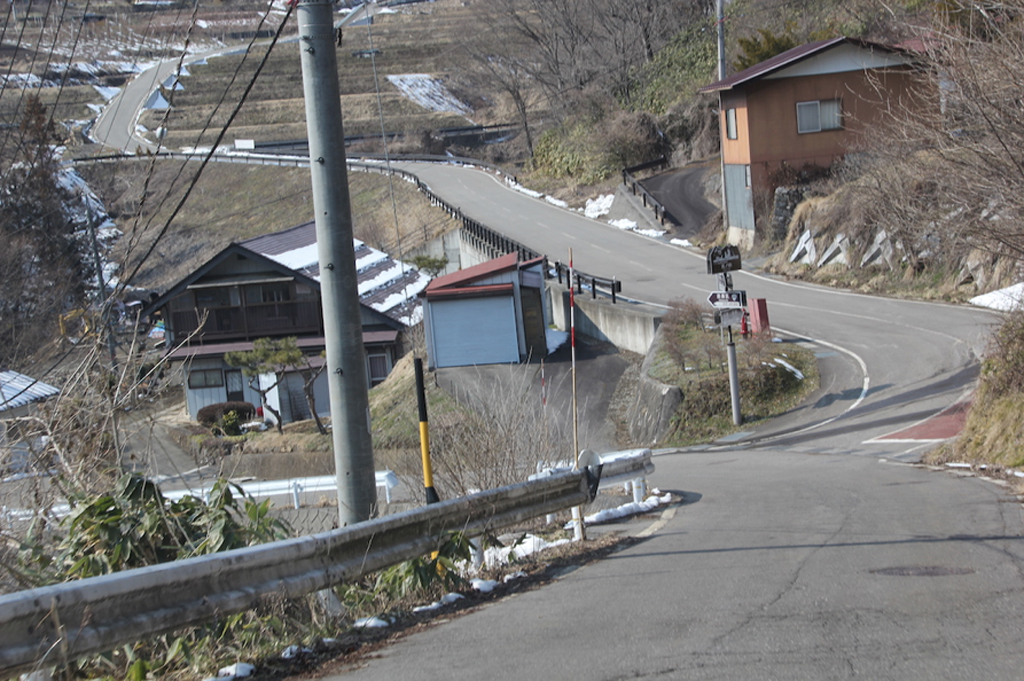
Through the Seto Tunnel to Kinasa-mura Village
Returning to Route 406 and the Susobana River, we continue west. Once through the Seto Tunnel, we find ourselves in the former village of Kinasa-mura. According to local lore, the name Kinasa, which means “village without demons”, was adopted after Koremochi had slain the sorceress Momiji. In the heart of the village is Kinasa Shrine, where military commanders such as the famous 8th century Shōgun, Sakanoue-no-Tamuramaro, are said to have come to pray for victory.
Route 36, the road that passes below the shrine and leads to the north, was once the main route from here to the former Echigo Province (modern-day Niigata Prefecture). This road, a transport route for trade between Kinasa and Echigo, goes past Togakushi-jinja Chūsha Shrine and was used by pilgrims visiting the Togakushi Shrines, as well as by those heading into the mountains for a bit of ascetic Shugendō training. The ancient Japanese highway network is complex and fascinating. This road once connected with the old Hokkoku-kaidō (now Route 18), an important route linking Echigo and the Japan Sea to old Edo, and the same road that heads east from Zenkōji Temple in Nagano City. Taibō-tōge Pass (1,055 m) on Route 36 offers stunning panoramic views of the Togakushi Ranges to the north, and the Kita Alps to the west. The parking area and lookout at the top of the pass provide the perfect viewing spot.
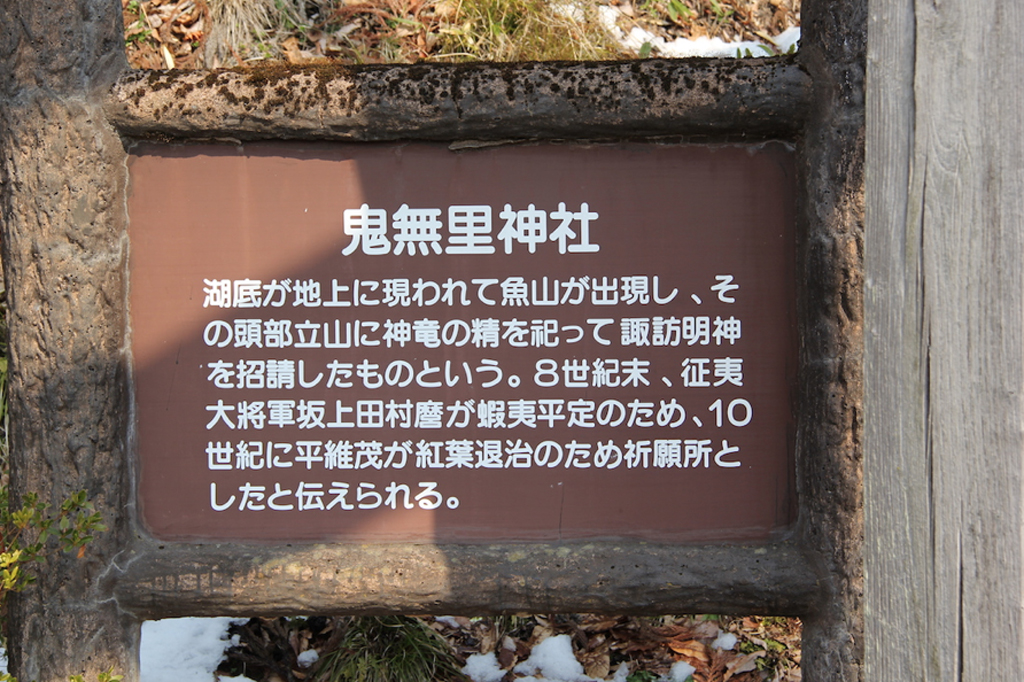

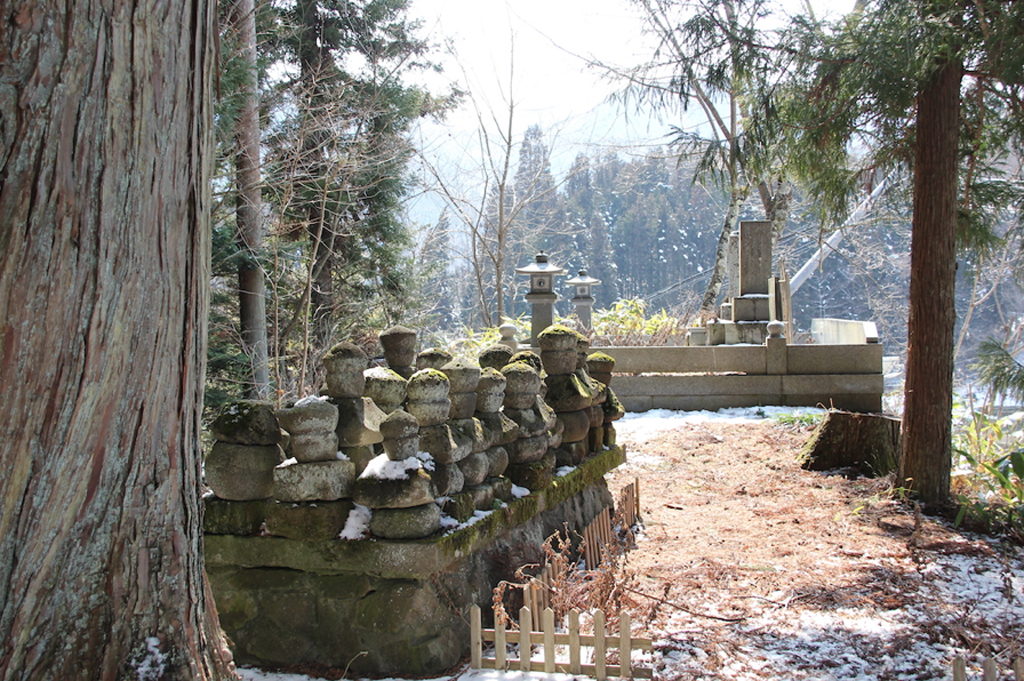
At the base of the hills across on the other side of the village from Kinasa Shrine sits Shirahige Shrine. According to shrine lore, when Emperor Tenmu was planning to relocate the capital city here in the late 7th century, Shirahige Shrine was built to protect the town from this inauspicious direction. The shrine building sits in a small clearing accessed via a flight of stone steps up a hillside densely wooded with ancient trees. Exposure to wind and snow over time may have given it a rustic patina, but this building is an important example of architecture from the Azuchi-Momoyama Period (1568 – 1600) and has been designated as an important cultural property.
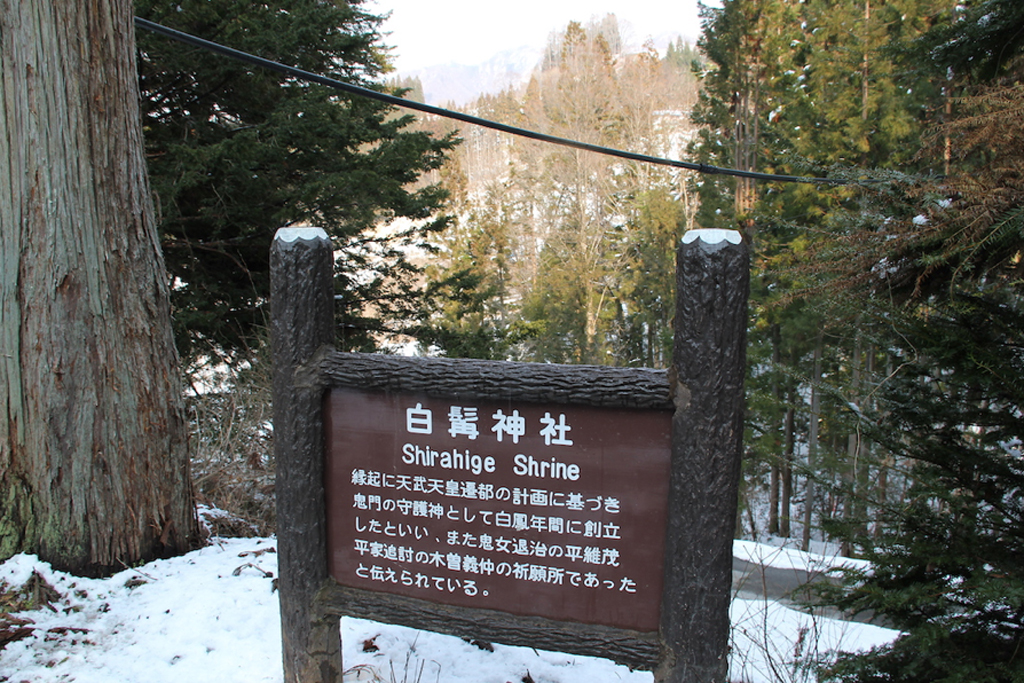
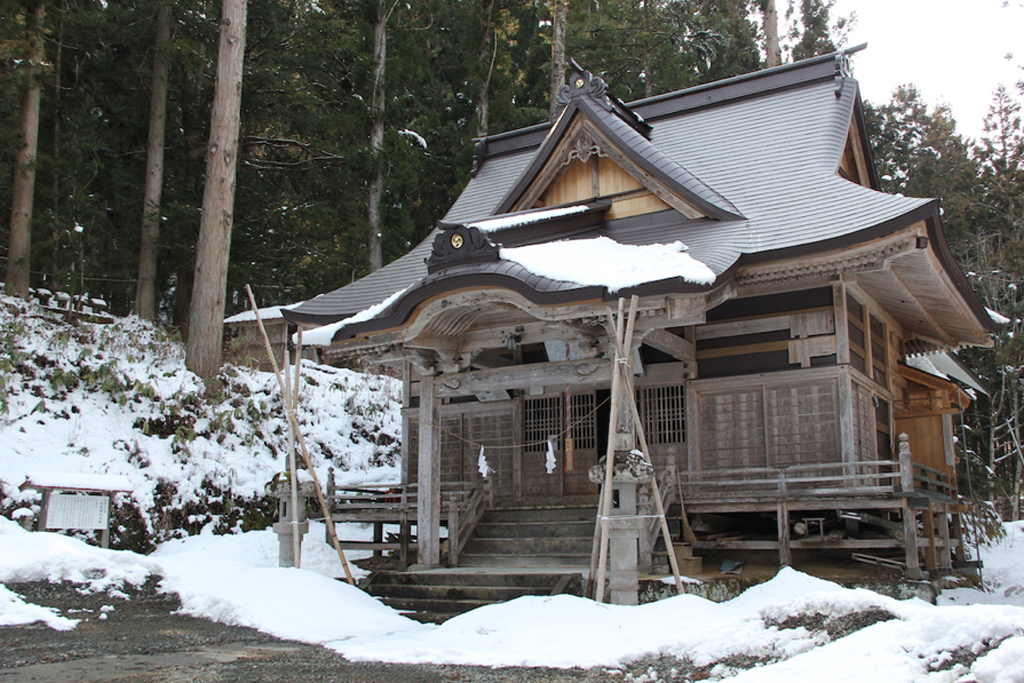
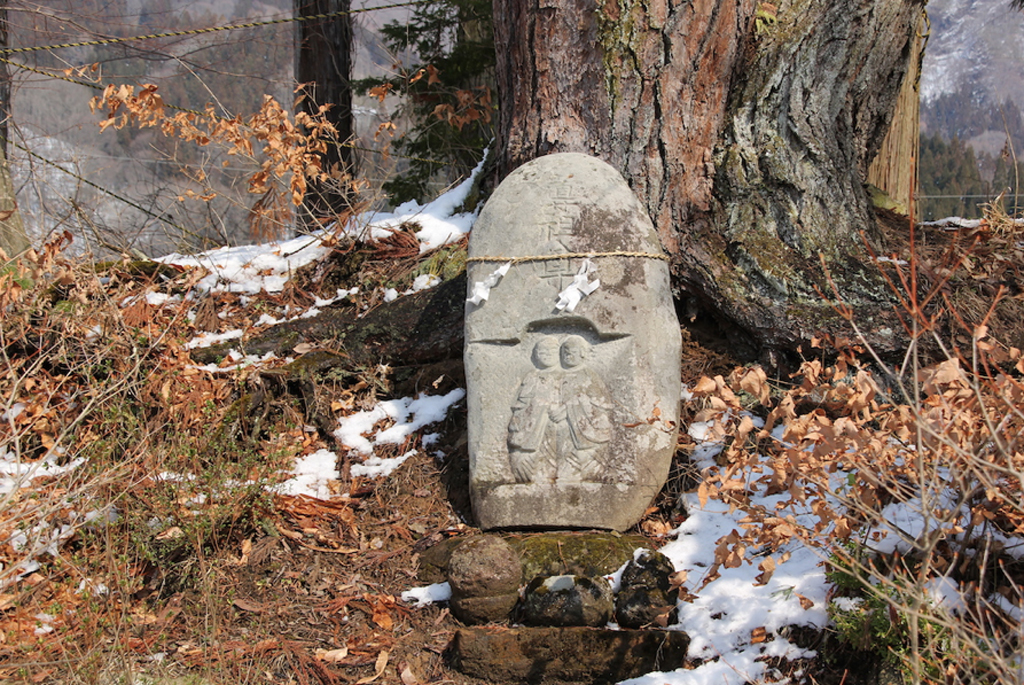
Leaving the Susobana River and over the Mountains to Hakuba
Three kilometres or so west of Kinasa-mura is the settlement of Ryōkyō, consisting of Nishikyō (“West Capital”) on one side of the river, and Higashikyō (“East Capital”) on the other. These place names were apparently bestowed by Momiji in memory of her beloved Kyōto. Other reminders of Kyōto here in this village are place names such as Nijō and Sanjō, and there’s even a Kamo Shrine.
Nishikyō is where the Kinasa Kaidō and the Susobana River part company. The Susobana River has its headwaters in the northwest Togakushi Ranges and flows southwest from Mt Dōzu-dake (1,927 m), on the border between Nagano and Niigata Prefectures. The river follows the mountain range that forms the boundary between the villages of Kinasa and Hakuba until it gets to Nishikyō, where it takes a ninety degree turn to the east and heads to Nagano City. We make a detour away from Route 406 at Nishikyō, branching off to the right to follow the Susobana River north to the Okususobana Dam.
Breathtakingly Beautiful Ravines
Following the Susobana River north to the Okususobana Dam, we spot the little hamlet of Tsuchikura on the opposite side of the river from the main road. Monjudō Shrine here in Tsuchikura was established after Lord Kiso, who was raised in these mountains, stopped here in 1183 to pray to the Manjushuri Bodhisattva on his return from battle in the north. The shrine once attracted pilgrims from as far away as the Azumino area.
Continuing upriver, we come to the Okususobana Dam, completed in 1880. A spot on the western side of the reservoir lake called Tsumetazawa is where the fugitive Kiso clan are said to have taken refuge after their fall from grace. The remainder of the river north of the dam flows freely, clear water splashing over the rocky riverbed, several waterfalls and steep cliffs on both sides. The scenery here is breathtakingly beautiful, particularly in autumn when the leaves change colour.
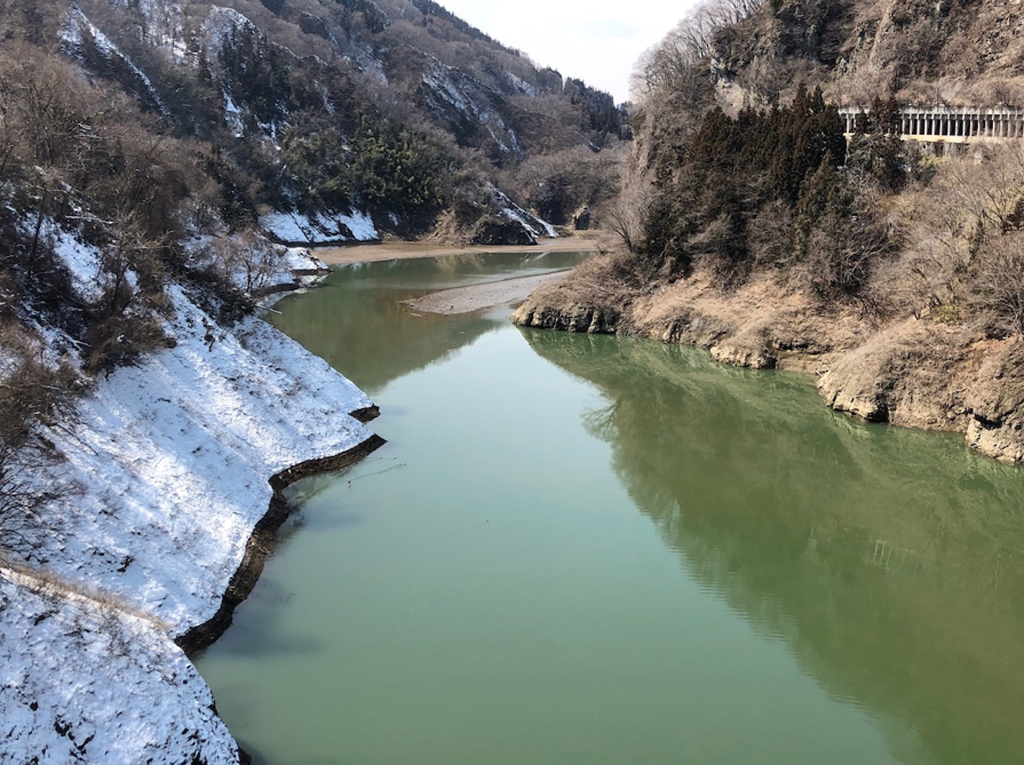

Emerging from the Tunnel to Panoramic Mountain Views
Back down to Nishikyō and onto Route 406, the Kinasa Kaidō, we continue west along the Tenjingawa River then down through the Yanagisawa-tōge Pass (1,181 m) to Hakuba. This section of the road was constructed in the Meiji Period to provide a safer route to take horses through and was much used through the early Shōwa Period. Emerging from the Shirasawa Tunnel, we’re rewarded with panoramic views of the Kita Alps and Mount Shirouma (2,932 m). From here head all the way down to Hakuba, where the Kinasa Kaidō meets Route 148 and ends.
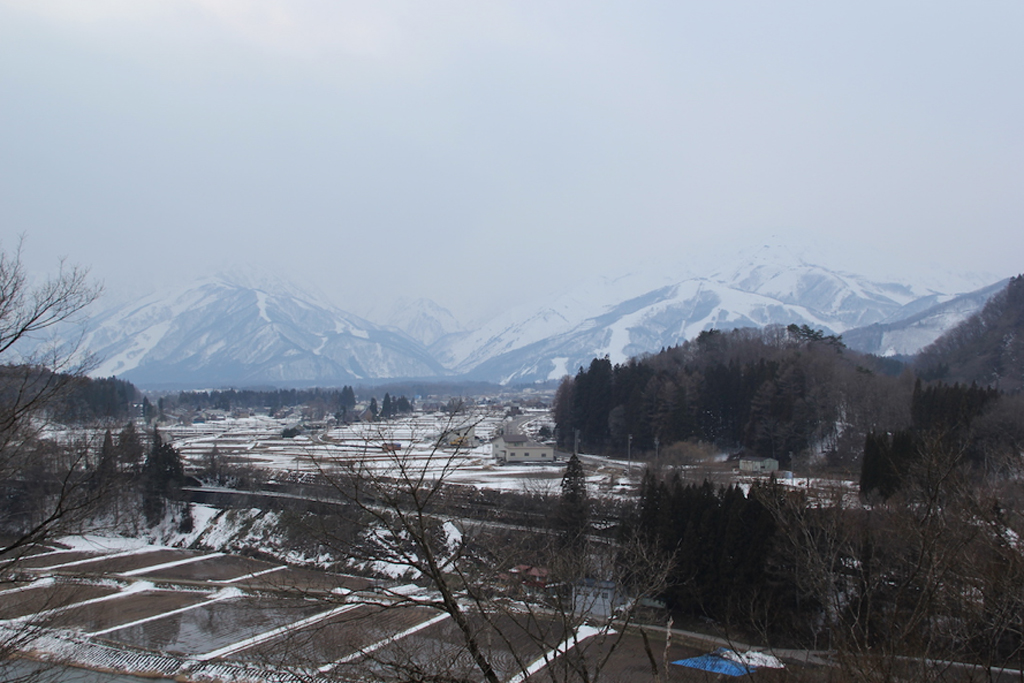
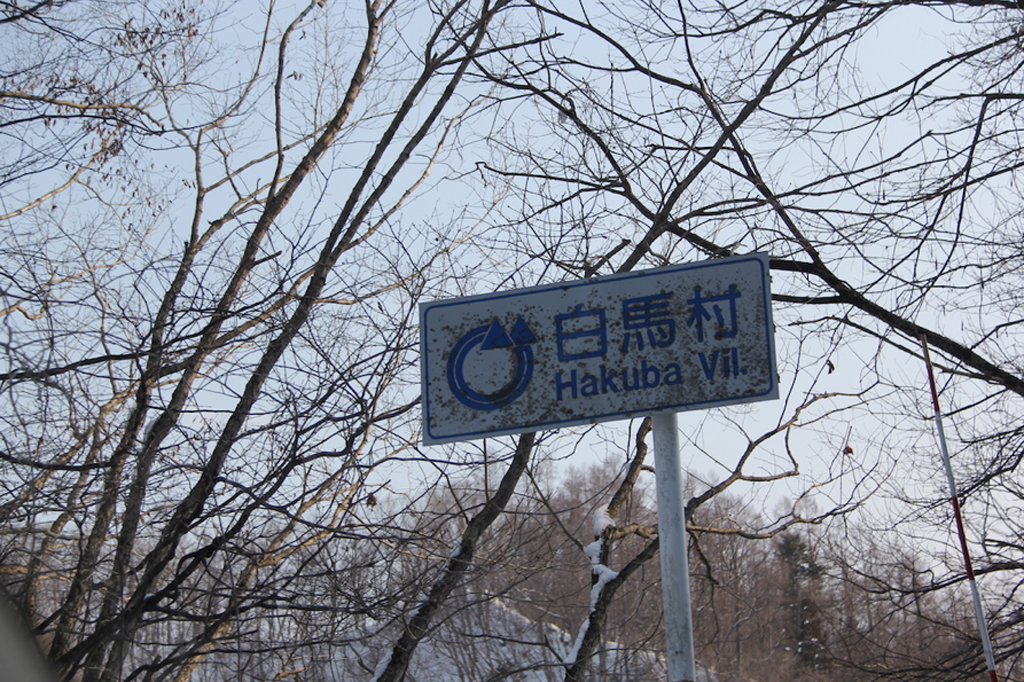
Turning right when we get to Route 148, we join the Himekawa River and follow it north. This road is the old Shio no Michi (Salt Road) that was once used to transport salt and other ocean products from the Echigo region south to the Azumino district, and rice and sake from Azumino north to Echigo. In addition, products such as hemp, thread for weaving tatami mats, paper and charcoal were transported along this road by packhorse. A little further would see us in Chikuni-juku, once an important stop on the old Salt Road, but our final destination on this road trip is the hamlet of Aoni.
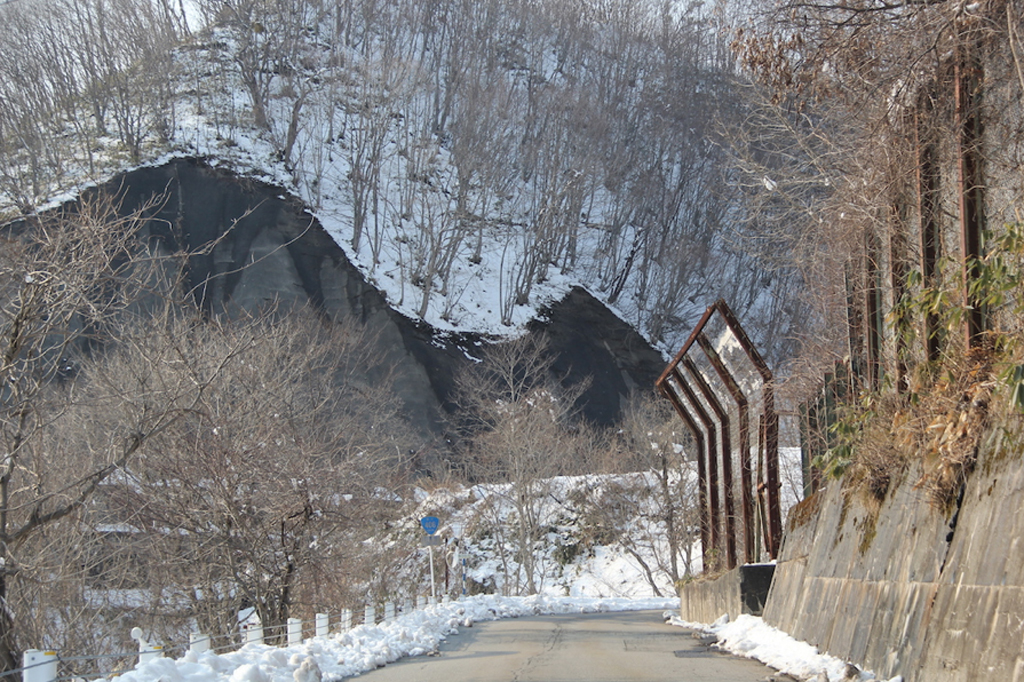
Historical Aoni Shūraku and its Stone-walled Rice Terraces
Aoni Shūraku is a beautiful, historical mountain hamlet nestled 760 metres up the side of a mountain east of the Himekawa River. There’s only one road in and out of Aoni and we turn off Route 148 and take a narrow county road until we find Kayou, and the turn-off to Aoni. The hamlet and its historical buildings and surrounds have been declared an important preservation district. Fourteen large houses, built from the late Edo Period into the Meiji Period, are set out in a curving line that follows the contour of the mountainside. The overall impression here, among these massive farm houses and storehouses, is one of calm dignity. The origin of the name, Aoni (Blue Demon) is unclear, but according to local legend, there once lived a blue demon on Mt Iwatoyama (1,356 m), to the northeast of the hamlet, who performed good deeds. Or perhaps it was a demon-like giant who changed his wicked ways and began helping people. Whatever the origin, the local people still revere this Zenki-sama (good demon), at the local Aoni Shrine, which is set back on a wooded hillside behind the hamlet.

The notice at the Aoni Village car park reminds visitors to respect the lifestyles of the local residents and to avoid causing any damage to the hamlet or surrounding fields and woods. Visitors are asked to stick to the road and stay out of the rice fields and off the footpaths between them. The stone walls are particularly vulnerable to damage, and must not be walked on. Permission must be sought before taking photos of local residents, who are going about their daily lives. Visitors must take their rubbish with them, and clean up after their pets. Smoking is not allowed. Toilets are available at the “O-Zenki no Kan” building (and no other area is to be used for this purpose!). Visitors cannot take their cars beyond this point.
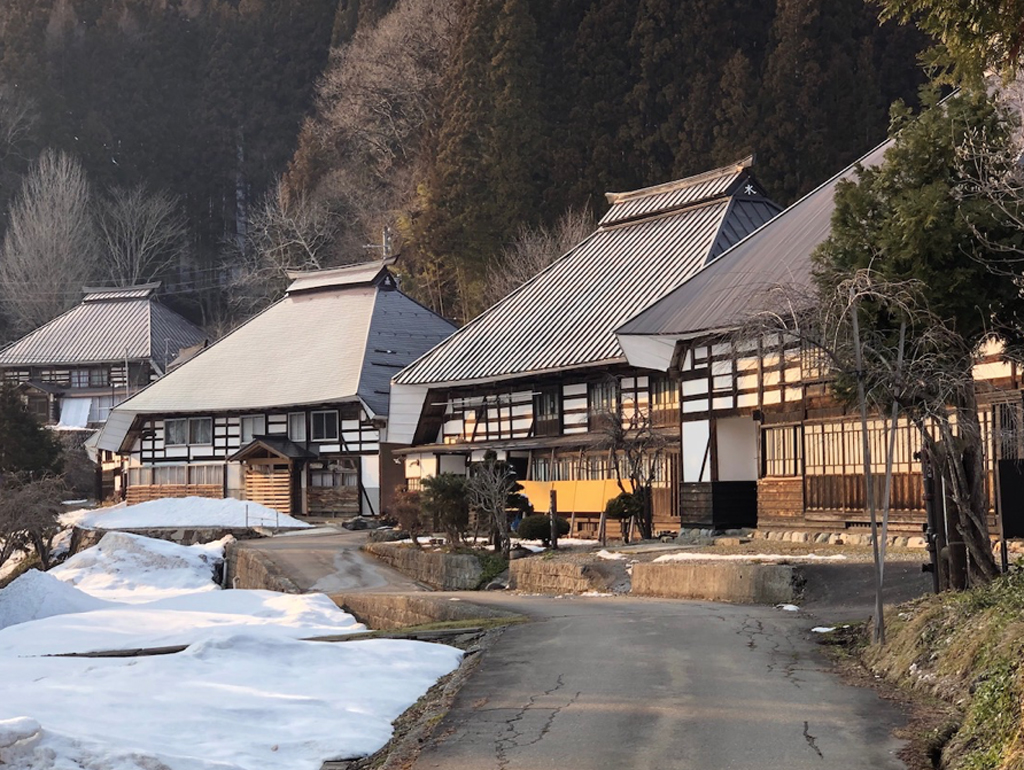
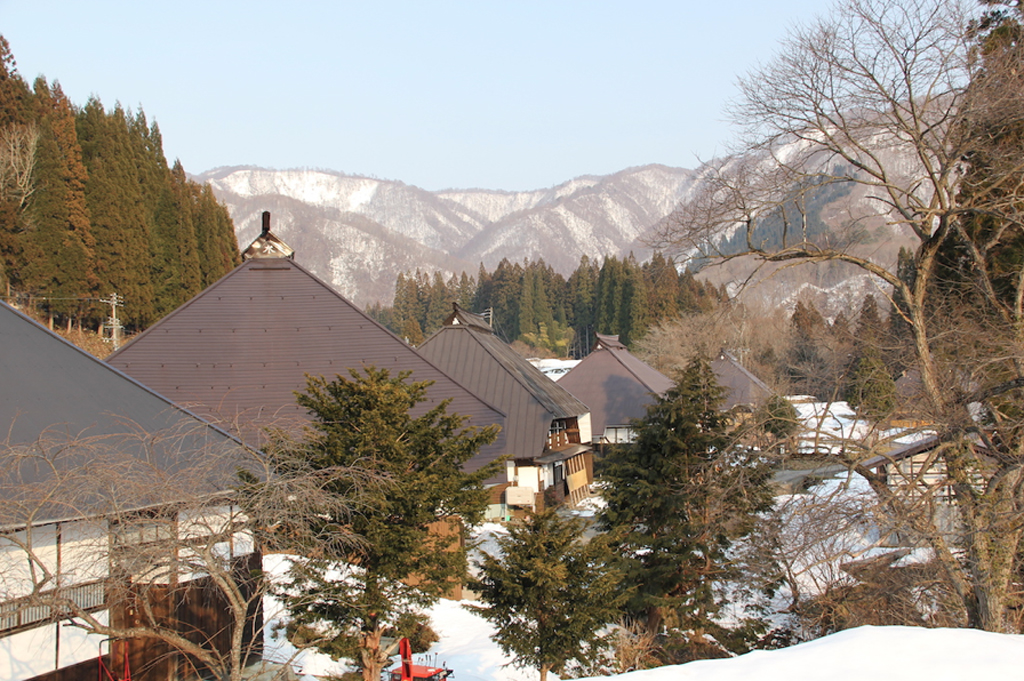
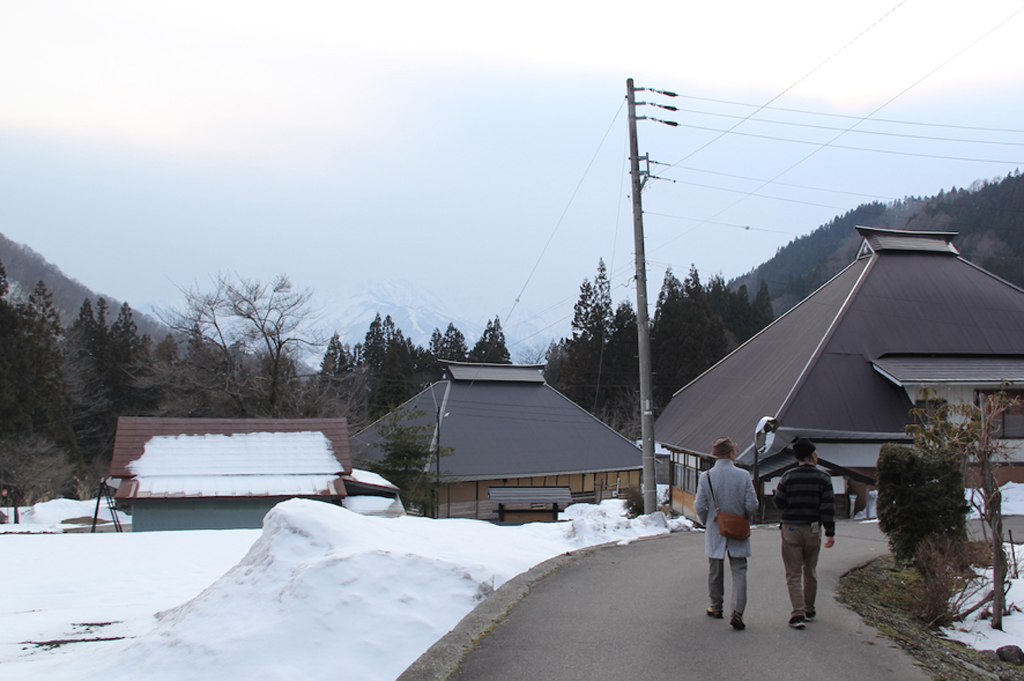
Located just beyond the hamlet, the Aoni Rice Terraces consist of 220 fields separated by stone retaining walls. These rice fields have been selected as one of Japan’s “Top 100 Rice Terraces”. During rice planting time when the terraces are filled with water, the sight of the still snow-covered Kita Alps reflected in the surface of the water is magical.
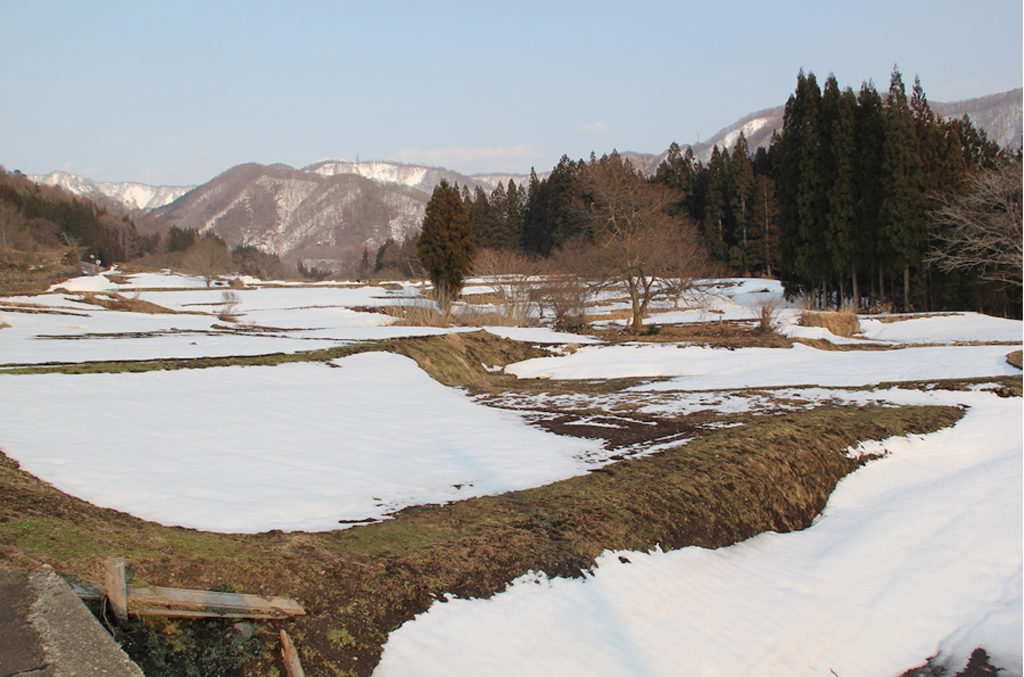
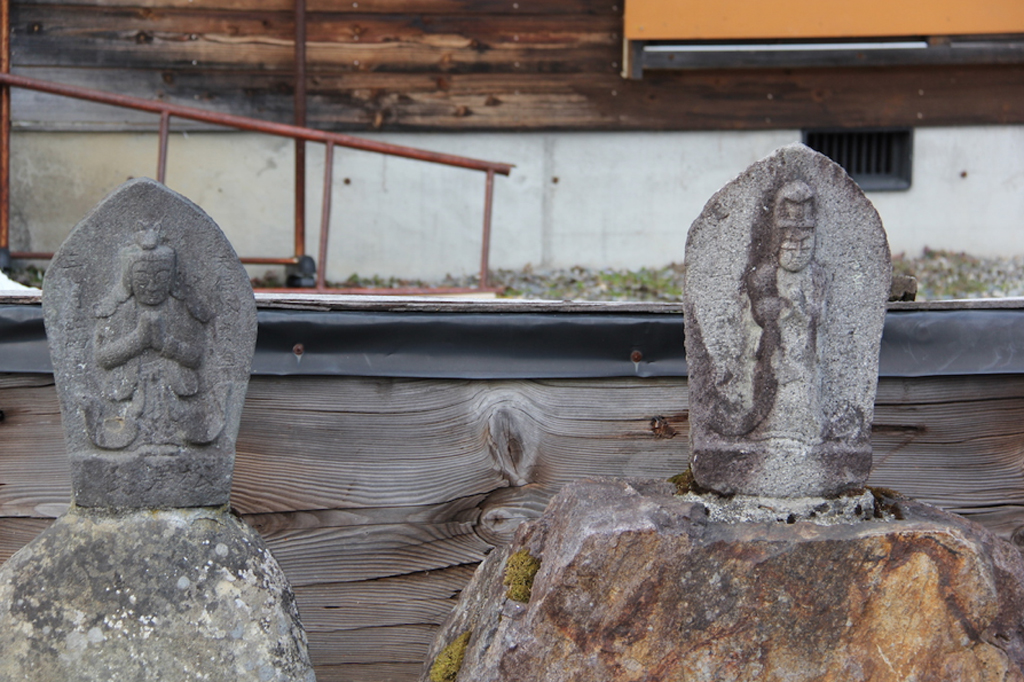
The Road that Sustained the People of the Mountains
The Kinasa Kaidō was once not only an essential route sustaining the people who lived deep in the mountains, but was also pilgrimage route to Zenkōji Temple, Togakushi Shrine, and Tsuchikura Monjudō. Travellers taking this route nowadays by car can get from Nagano City to Hakuba Village in easily under two hours, but why hurry? Deviating from the main road and taking a few side trips up narrow mountain roads brings you to the unchanged Japan of a bygone era, into a world where tiny rustic shrines nestle amongst groves of ancient trees, stone Jizō statues watch nonchalantly from the edges of quaint hamlets, and wildflowers burst into life on the roadsides as soon as the snow melts.
Route 406, the Kinasa Kaidō, passes through mountainous terrain and areas of heavy snowfall, and can sometimes be closed to through-traffic. In winter the road is covered in snow and ice, and during the thaw, melting snow and ice can cause the ground to crumble, meaning that repairs to the road are frequent. Particularly during the snow season, it pays to check on the road conditions first.








